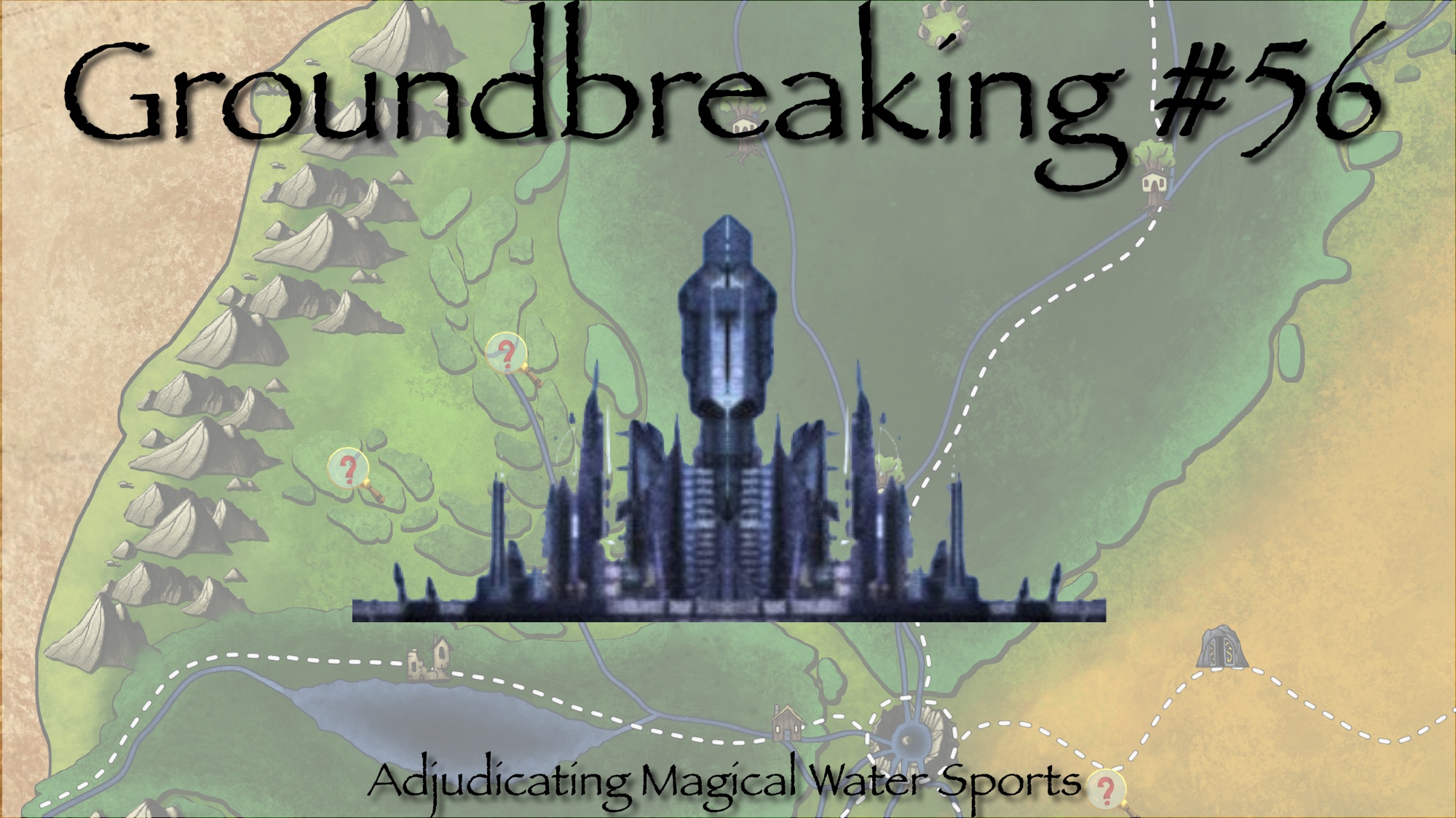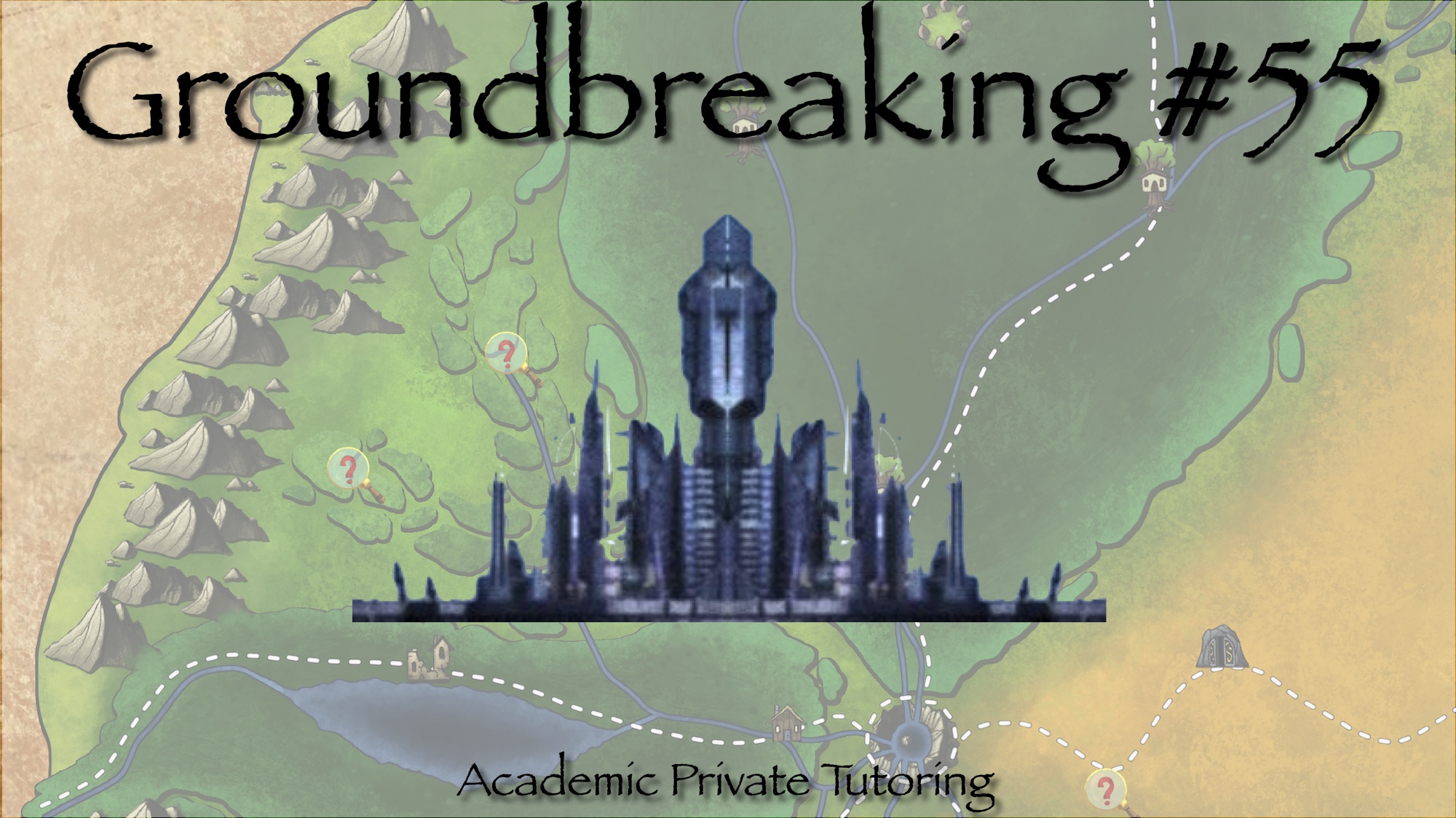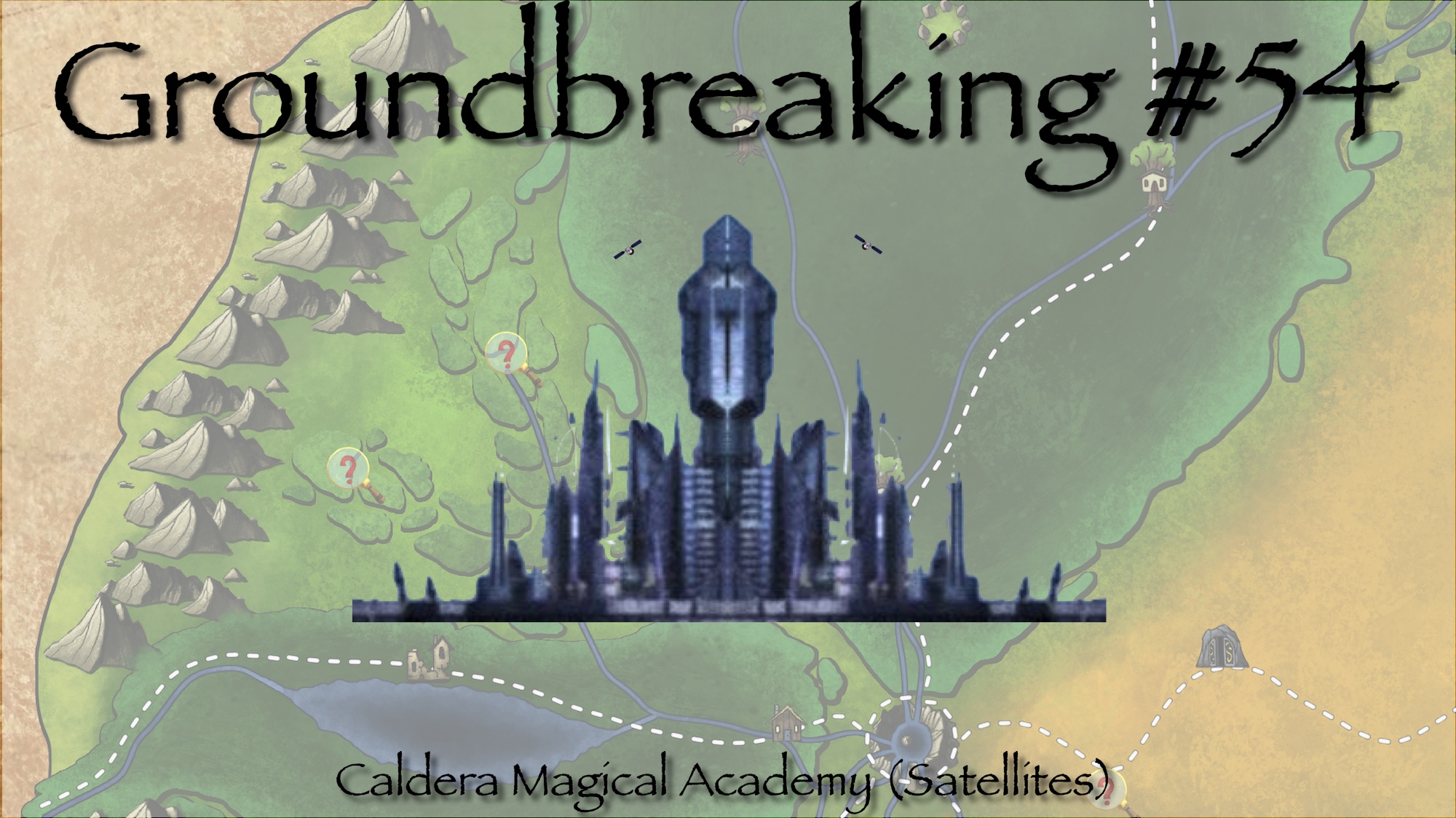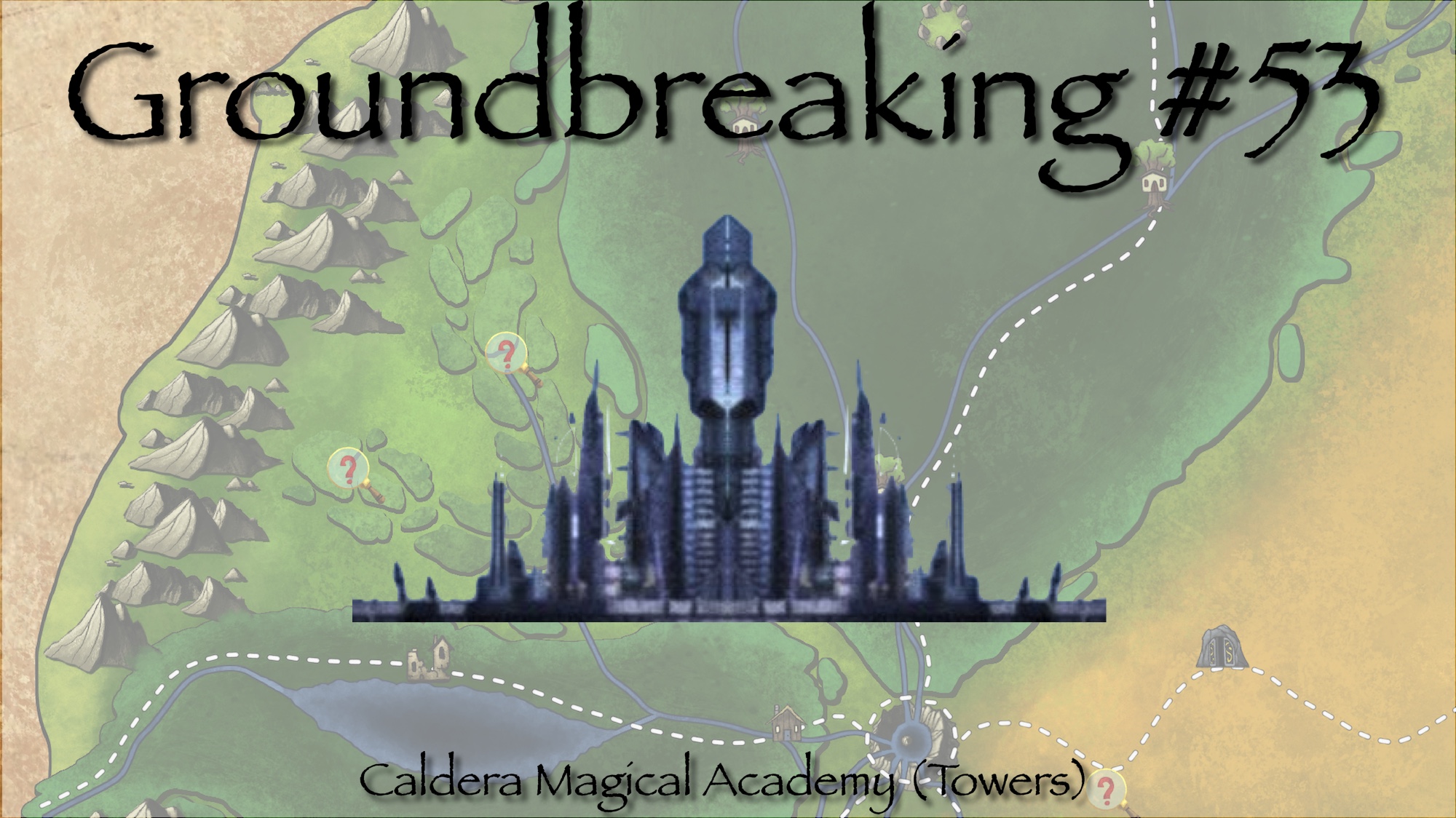Over the years, the majority of my gaming experience has been as a GM. I have had to come up with so many answers to random questions and situations that I have lost count and can’t even recall all the good ones. My favorite category of “how I say things work” is magical interactions with a hint of real physics thrown in. This is in no way a declaration that I am amazing at mixing magic and physics … I just love tangling with this kind of thought experiment. I can’t tell you if this is why I constantly play casters or if this love of magical interactions is a byproduct of always playing casters. While this topic started with our twins in training (Tarlaya and Lartus) to learn how to cast spells underwater there are a lot of different things to keep in mind when you want to have fun with spell effects. For the purposes of this post, I am not doing any research about the possible real world physics because I (1) don’t have the time and (2) don’t want to ruin the magic of making things up!
Lightning Bolt. Classic staple. My understanding of electricity is that it will arc to the nearest point of access to reach the ground. Therefore, a line 60 feet long is off the believability scale for me and allows me to have a little bit of fun with it. Such as the question of what happens when you cast it under water!? For the simplicity of consistency, I am perfectly happy saying “it is magic” and still functions as a line. On the other hand, if you are completely submerged and cast it … I am inclined to think you just created a lightning ball centered on you! If you were to say, stand at the edge of the water, and cast it into the water, I feel like that might turn it into an inverted cone (or perhaps just a hemisphere). Now, we all know that electricity likes (most) metal, and there are even spells like shocking grasp that gain power against targets with metal. Therefore, if you were to cast lightning bolt and thread the needle between some metal armored targets without hitting them, I might just opt to partially zap them at the expense of shortening your line. I do now think that it could be fun to have a metamagic feat that lets you pinball a lightning bolt (if there isn’t already an option/spell to do so) around. Then you can give your armor wearing allies some resistance and use them as lighting rods … literally.
Fireball. The other classic. Fire is hot, I mean, it is fire. But how hot is enough to burn skin and cause damage? I am pretty sure it has to be over 120F because some fevers can get that high and they don’t burn the skin (other dangers aside). Water boils at 200-ish F (not going to search details, remember!) and that will do some solid damage if you stick your hand in there. Based on various media, dragon’s breath can melt metal, and some metals require temps of 1,000F or more. Fireball starts at 6d6 (3rd) and reaches 16d6 (8th level) which is 1d6 more than an adult red dragon’s breath. When you account for weaker spells that do fire damage, such as produce flame and burning hands, I think we should assume that the 3rd level version is more than hot enough to boil water, right? Normally, we use fireball out in the open, where the heat it brings can be neglected, heat rises, and so it is quickly out of sight and out of mind. Inside, I will often point out any heat damage to nearby objects, but likewise assume that the temp normalizes rapidly … but I also haven’t had anybody cast a fireball in an enclosed space before … which brings me to my next spell in the water fun-for-all. I claim that a proper fireball, of any level, is going to boil the water it hits. If you target a koi pond you are going to have some seared fish lying on dry ground. Now, in an open ocean or large lake, I think we can assume a similar dissipation to our open air idea and not worry about the lasting effects of the heat … but I am still curious about some things. Water that hot should steam, right? What have we learned about the Bermuda Triangle from all those UFO theories? That’s right, gases released from the ocean floor can make things less buoyant than they normally are! (Don’t fact check me, I am having fun.) Therefore, if you were to fireball somebody (or even just below) that is underwater, I would likely say that in addition to boiling them, they would also descend to the bottom of the sphere as though falling during flight!
Gust of Wind. This one actually has me on the fence. “A violent wind issues forth from your palm …” If started out of the water, I think I would just have it stop at the water’s surface, or perhaps alter direction/angle to continue along the surface. The issue here with casting underwater is that the water’s density would likely cause the air to bubble up (I think). Or it might just make an awful lot of bubbles (not unlike what i think a fireball would do; only without the heat). Because we are using magic and a magical violent wind seems like it should at least do something, and so perhaps a half-strength hydraulic push seems like a valid option? Again, the option to just say “magic!” and let it happen is there, but using an air spell underwater is just begging for alteration.
Hydraulic Push. Because I discussed Gust of Wind, I wanted to take a beat to point out why Hydraulic Push doesn’t need alterations in my mind. When cast on land, you basically firehose somebody. We have all seen videos of it, it makes sense. While we could modify it when underwater because the other water would technically get in the way more than air, for some reason it just makes more sense for a water spell like this to be full power under water.
Invisibility. I am not so much on the fence here as I am just as happy with changing it underwater as not. Water makes light bend and wobble and stuff, so it totally makes sense to me that an invisible person or object would cause some sort of weirdness when viewed underwater. At the same time, the illusion tricks your eyes on land, so it should underwater, right? The displacement, though, is where I flop back again … you can see an invisible person moving through smoke/fog … so you should see the “bubble” of not water where they are, right?
Obscuring Mist. This one is all about making mist (water droplets) to obscure vision. I can easily get behind this working underwater by creating air bubbles in the water instead of water bubbles in the air!
Levitate. Yeah, I would totally make an underwater target of levitate start to rise at a speed as though they were falling with feather fall.
Gaseous Form. This is one of those ones that could go a couple ways. I wouldn’t argue a GM noping me from using it. I also can see shooting up to the surface as a lighter more buoyant substance than water. But then, there is particle man … does he get wet or does the water get him!?! I think I would let the spell happen but basically treat your shape as a water elemental until you leave the water.
Cone of Cold. Let’s end this discussion with the opposite of fireball. The damage is (I think) the same when you heighten fireball. For simplicity, let’s say the temp ranges to damage conversion are the same just on the opposite sides of freezing and boiling. When you cast above water and hit water, I envision it like super heroes and cartoons that freeze water to surf/slide/skate across it as they move. The water just freezes out from impact, deep enough to possibly stand on depending on how much contact and how much damage. But more importantly, I *really* think a full power cone of cold that is cast underwater should encase your foes in an iceberg … just saying.
Tune in next time for the exciting conclusion of how the Crimson Evoker intends to teach our twin adventuring wizards all about lightning bolts and fireballs … IN WATER! (For real, no bait and switch on the topic next time.)
Thank you for following along! Please join us at our Discord server https://discord.gg/Rt79BAj to let me know what you think or to simply have a chat!






